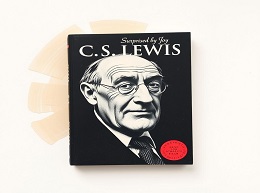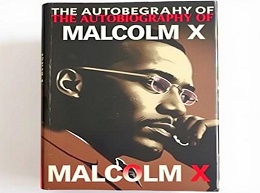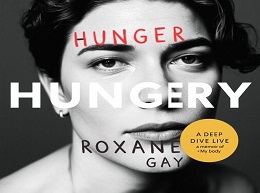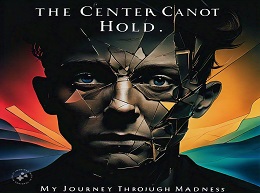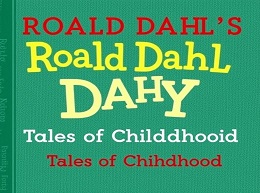Open
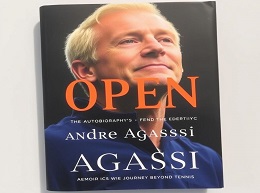
Exploring "Open": Andre Agassi’s Journey Beyond Tennis
"Open," the autobiography of tennis legend Andre Agassi, is a powerful narrative that transcends the realm of sports. Co-written with Pulitzer Prize-winning journalist J.R. Moehringer, the memoir offers a candid and introspective look into Agassi's life, capturing the complexities of his illustrious career and personal evolution. This detailed review delves into the core themes, narrative style, and profound impact of Agassi's story, providing examples to engage and inspire readers.
The Genesis of "Open"
Published in 2009, "Open" became an instant bestseller, acclaimed for its raw honesty and introspective depth. Unlike typical sports memoirs that highlight triumphs and records, Agassi's autobiography delves into his inner conflicts, revealing the man behind the tennis legend.
Andre Agassi: A Brief Biography
Born on April 29, 1970, in Las Vegas, Nevada, Andre Agassi emerged as a tennis prodigy under the rigorous guidance of his father, Mike Agassi. His career, spanning over two decades, includes eight Grand Slam titles and an Olympic gold medal. Despite his public success, Agassi's journey was marked by a complex relationship with tennis and personal struggles.
The Pressure of Expectations
From a young age, Agassi was subjected to immense pressure from his father to become a tennis champion. This pressure shaped his early years and left a lasting impact on his psyche.
Example: The Dragon Machine
Agassi's father built a ball machine, dubbed "The Dragon," that fired tennis balls at high speeds, forcing young Andre to practice relentlessly. This intense regimen was pivotal in developing his skills but also fostered a deep resentment towards the sport.
The Dichotomy of Fame and Internal Turmoil
Agassi’s life story is a study in contrasts: his public image as a celebrated athlete versus his private battles with self-doubt and unhappiness.
Example: The Wig Incident
In one of the most revealing moments, Agassi recounts wearing a wig during the 1990 French Open final due to hair loss. The fear of his wig falling off during the match epitomizes the lengths he went to maintain his public persona while grappling with personal insecurities.
The Quest for Self-Discovery
A significant portion of "Open" is dedicated to Agassi’s journey towards self-discovery, moving from a place of resentment and confusion to one of purpose and fulfillment.
Example: The Andre Agassi Foundation for Education
Agassi’s commitment to philanthropy, particularly through the establishment of the Andre Agassi College Preparatory Academy, illustrates his transition from a self-centered athlete to a figure dedicated to giving back to society.
Engaging Storytelling
"Open" is lauded for its compelling and engaging narrative style. Moehringer’s influence is evident in the vivid, almost novelistic prose that makes Agassi's story come alive.
Example: Vivid Descriptions
The book is filled with detailed descriptions, such as the tension before a crucial match or the agony of injury, which draw readers into Agassi’s experiences, making them feel the highs and lows of his journey.
Honest and Unfiltered Voice
Agassi’s voice in the book is unfiltered and brutally honest. He does not shy away from discussing his failures, mistakes, and regrets, making the memoir relatable and human.
Example: Admission of Drug Use
Agassi’s candid admission of using crystal meth in 1997 and lying to the ATP about it is one of the many moments where he lays bare his vulnerabilities, providing a stark contrast to his public image.
Breakthrough and Early Success
Agassi’s early career was marked by a meteoric rise in the tennis world, characterized by his rebellious image and flashy style.
Example: The Denim Shorts Era
Agassi’s choice to wear denim shorts and neon colors defied the traditional tennis dress code, making him a polarizing figure and a media darling. This period reflects his struggle to carve out his identity amid the sport’s conventions.
Personal and Professional Downfalls
Despite his early success, Agassi faced significant personal and professional setbacks, including injuries, losses, and a tumultuous marriage to actress Brooke Shields.
Example: The 1997 Downfall
1997 was a particularly challenging year for Agassi, marked by a career-low ranking and personal turmoil. His struggles during this period highlight the stark contrast between his public achievements and private battles.
Redemption and Later Success
Agassi’s career resurgence in the late 1990s and early 2000s is a testament to his resilience and determination.
Example: Winning the 1999 French Open
Winning the 1999 French Open to complete a career Grand Slam was a pivotal moment, symbolizing his comeback and newfound dedication to the sport. This victory was not just a professional milestone but also a personal triumph over adversity.
Family Dynamics
Agassi’s relationships with his family, particularly his father, play a significant role in his story.
Example: Complex Relationship with Mike Agassi
Mike Agassi’s relentless drive for his son’s success created a complex father-son dynamic. While it propelled Andre to greatness, it also sowed seeds of rebellion and resentment, themes that are explored deeply in the book.
Marriage and Fatherhood
Agassi’s personal life, including his marriage to Steffi Graf and his role as a father, adds another layer to his story of growth and transformation.
Example: Steffi Graf’s Influence
Steffi Graf’s influence on Agassi’s life is profound. Their relationship is depicted as a stabilizing force, helping him find balance and purpose beyond the tennis court.
Influence on Tennis and Beyond
Agassi’s impact on tennis and his contributions to society through philanthropy are enduring aspects of his legacy.
Example: Educational Philanthropy
Agassi’s work in education, particularly through his foundation and the charter school in Las Vegas, showcases his commitment to creating opportunities for underprivileged children, reflecting his desire to make a lasting difference beyond tennis.
Legacy of Honesty and Resilience
"Open" not only chronicles Agassi’s career but also leaves a legacy of honesty and resilience. His willingness to confront his demons and share his vulnerabilities has inspired many.
Example: Inspirational Message
Agassi’s journey from a reluctant tennis prodigy to a dedicated philanthropist serves as an inspirational message about the power of perseverance, self-reflection, and personal growth.
"Open" is a remarkable memoir that transcends the genre of sports autobiography. It is a deeply human story of struggle, success, and self-discovery. Agassi’s candid narrative, filled with vivid details and profound insights, engages readers and offers valuable lessons on resilience and authenticity. For anyone interested in understanding the complexities of a champion’s life, "Open" is a must-read.
By sharing his truth with unflinching honesty, Andre Agassi not only redefines his legacy but also provides a powerful testament to the enduring spirit of personal transformation.


